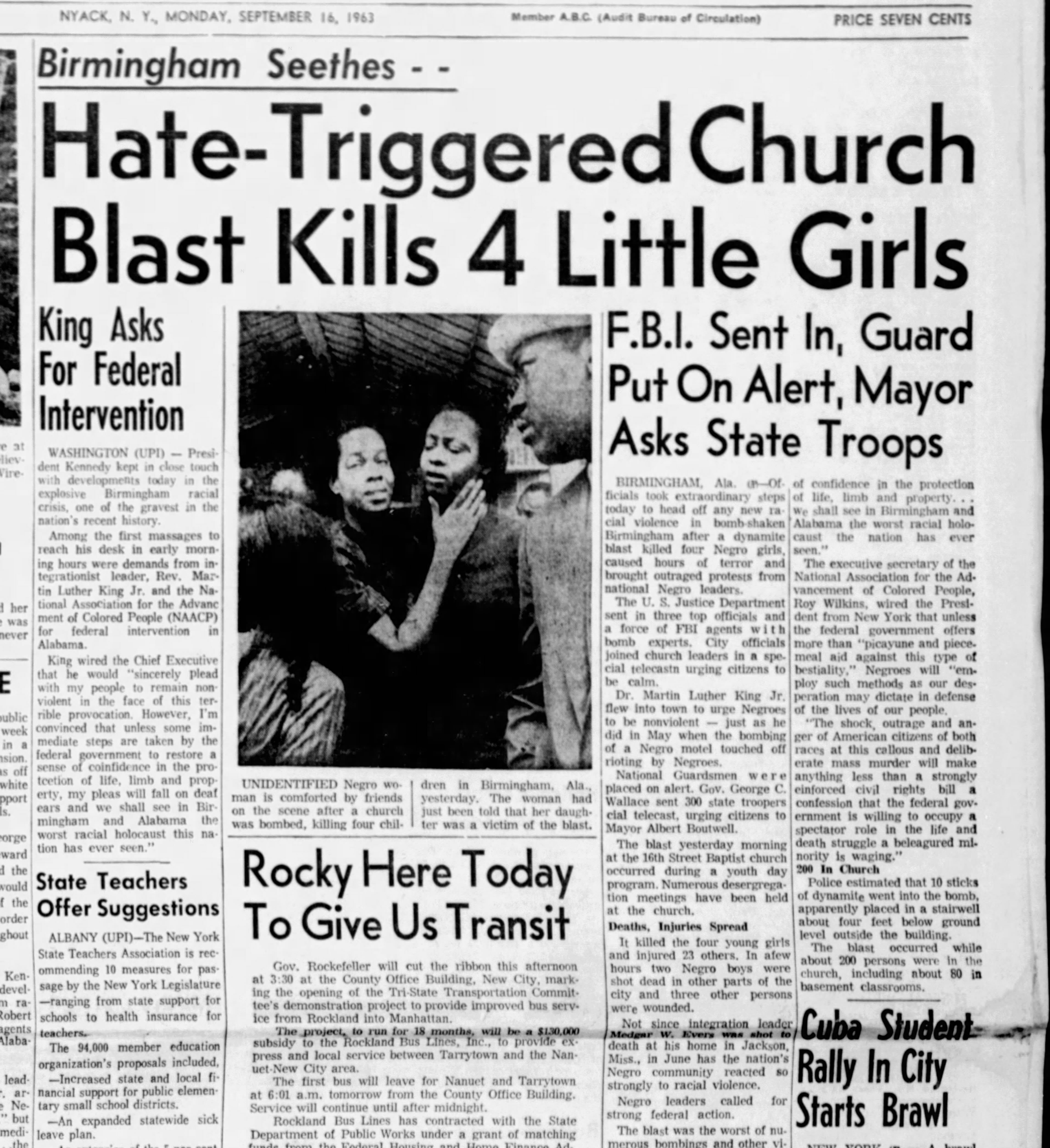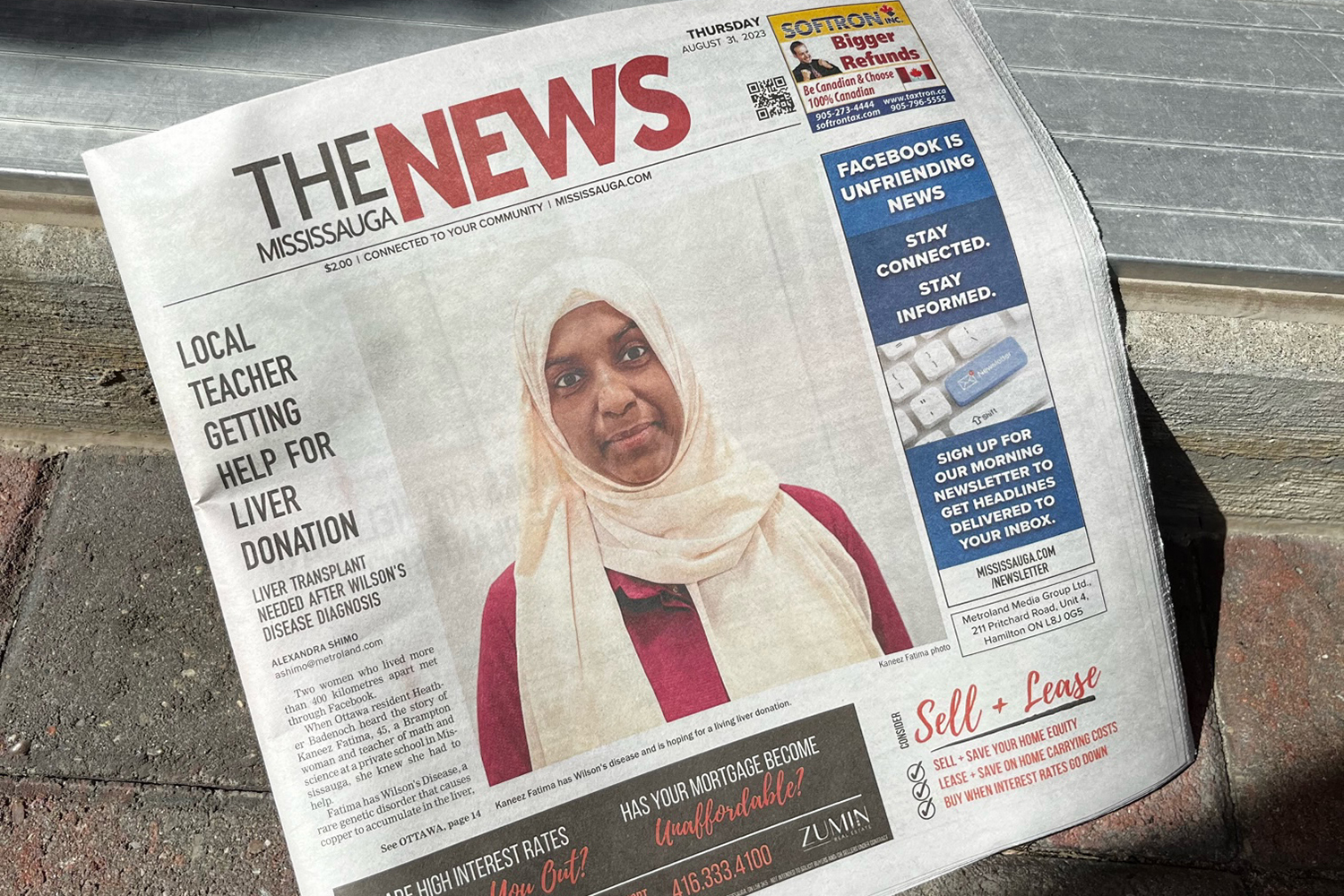Unknown Facts About News Articles
Unknown Facts About News Articles
Blog Article
The Buzz on News Articles
Table of ContentsMore About News ArticlesHow News Articles can Save You Time, Stress, and Money.Some Of News ArticlesExcitement About News ArticlesFascination About News Articles
Good understanding of different subjects provides students an affordable side over their peers. Despite the fact that electronic and social networks are conveniently easily accessible, we should not neglect just how essential it is to review the papers. Moms and dads have to try and inculcate the practice of reviewing a paper as a daily routine to continue the tradition of the revered print tool.Newspaper article likewise consist of a minimum of one of the following crucial attributes about the desired audience: closeness, importance, timeliness, human rate of interest, curiosity, or repercussion. The related term journalese is sometimes utilized, usually pejoratively, to refer to news-style writing. An additional is headlinese. Newspapers usually follow an expository writing style.
Within these limitations, information tales likewise aim to be thorough. Among the larger and a lot more respected papers, fairness and balance is a significant element in presenting info.
Papers with a worldwide audience, for instance, often tend to utilize a much more official design of composing. News Articles.; common design overviews include the and the US News Style Publication.
What Does News Articles Mean?
As a regulation, journalists will not use a lengthy word when a short one will do. They use subject-verb-object construction and dazzling, active prose (see Grammar). They supply stories, instances and allegories, and they seldom depend upon generalizations or abstract concepts. Information authors try to avoid using the same word a lot more than when in a paragraph (in some cases called an "resemble" or "word mirror").
Nevertheless, headlines in some cases leave out the subject (e.g., "Leaps From Watercraft, Catches in Wheel") or verb (e.g., "Cat female lucky"). A subhead (also subhed, sub-headline, subheading, caption, deck or dek) can be either a subservient title under the main headline, or the heading of a subsection of the short article. It is a heading that comes before the main text, or a group of paragraphs of the main text.

Additional billboards of any of these kinds may appear later in the short article (especially on succeeding web pages) to lure further reading. Such signboards are also used as tips to the write-up in various other areas of the magazine or site, or as ads for the piece in various other magazine or websites. Regular structure with see this page title, lead paragraph (summary in strong), various other paragraphs (information) and call information.

Example of a hard-lead paragraph NASA is suggesting an additional area task. The budget requests about $10 billion for the project.
An "off-lead" is the 2nd most important front web page information of the day. To "hide the lead" is to start the short article with history information or information of second importance to the viewers, compeling them to read even more deeply into an article than they need to have to in order to uncover the crucial factors.
Facts About News Articles Uncovered
Usual use is that or more sentences each create their own paragraph. Journalists generally explain the organization or framework of an information story as an inverted pyramid. The vital and most fascinating components of a story are put at the start, with supporting details following in order of decreasing importance.
It allows people to check out a subject to only the depth that their curiosity takes them, and without the imposition of information or more helpful hints nuances that they could think about unimportant, yet still making that details available to more interested visitors. The inverted pyramid structure also enables short articles to be cut to any approximate length throughout layout, to fit in the room available.
Some writers begin their stories with the "1-2-3 lead", yet there are many kinds of lead available. A twist can refer to several points: The last tale in the information broadcast; a "satisfied" story to end the show.
Longer write-ups, such as publication cover write-ups and the items that lead the within sections of a newspaper, are referred to as. Attribute tales differ from straight information in several means. Foremost is the absence of a straight-news lead, the majority of the time. Instead of providing the essence of a story in advance, attribute authors may try to entice click here for more viewers in.
News Articles Fundamentals Explained
A function's first paragraphs typically connect an intriguing minute or occasion, as in an "unscientific lead". From the details of a person or episode, its sight promptly widens to generalizations regarding the story's subject.

The Editor's Tool kit: A Reference Overview for Beginners and Professionals (2001) Allan M. Siegal and William G. Connolly. The New York City Times Guidebook of Design and Usage: The Official Design Overview Utilized by the Writers and Editors of the Globe's Many Authoritative Paper (2002) M. L. Stein, Susan Paterno, and R.
Report this page